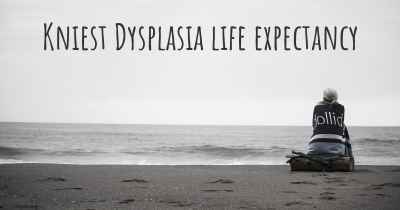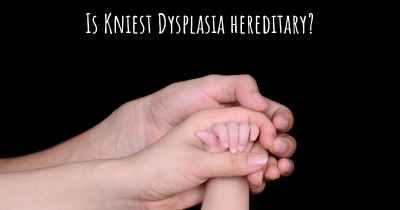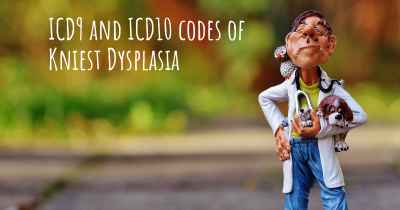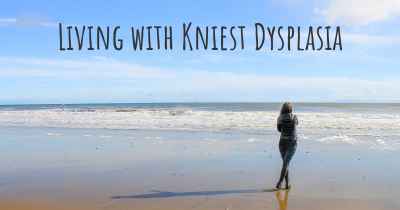Can people with Kniest Dysplasia work? What kind of work can they perform?
See how people with experience in Kniest Dysplasia give their opinion about whether people with Kniest Dysplasia can work and what kind of jobs are more appropriated for people with Kniest Dysplasia
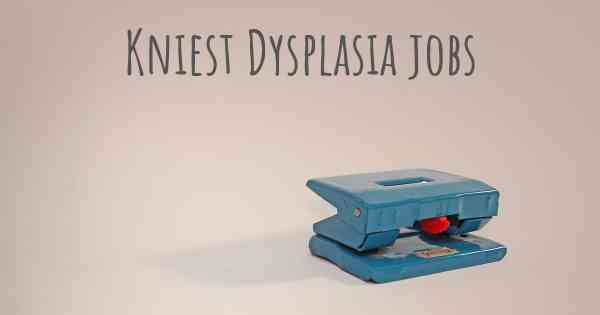
Can people with Kniest Dysplasia work?
Kniest Dysplasia is a rare genetic disorder that affects the growth and development of bones. It is characterized by short stature, joint deformities, and other skeletal abnormalities. While the physical limitations associated with Kniest Dysplasia may pose challenges in certain work environments, many individuals with this condition are capable of working and leading fulfilling professional lives.
What kind of work can they perform?
The type of work that individuals with Kniest Dysplasia can perform largely depends on the severity of their symptoms and any additional health complications they may have. It is important to note that each person's abilities and limitations may vary, so it is crucial to assess their individual skills, interests, and physical capabilities when considering employment opportunities.
Individuals with Kniest Dysplasia often possess a range of skills and talents that can be valuable in various work settings. While physically demanding jobs that require extensive mobility or heavy lifting may not be suitable for individuals with severe joint limitations, there are numerous other career paths that can be pursued.
1. Office-based Jobs:
Many individuals with Kniest Dysplasia excel in office-based jobs that involve administrative tasks, data entry, customer service, or computer-based work. These roles often require minimal physical exertion and can be adapted to accommodate any mobility limitations.
2. Creative Fields:
Individuals with Kniest Dysplasia often possess artistic talents and creativity. They can explore careers in graphic design, writing, photography, illustration, or other creative fields that allow them to express their artistic abilities without significant physical strain.
3. Education and Research:
Some individuals with Kniest Dysplasia may have a passion for learning and sharing knowledge. They can pursue careers in teaching, research, or academia, where their expertise and unique perspective can contribute to the advancement of knowledge.
4. Entrepreneurship:
Individuals with Kniest Dysplasia can also consider starting their own businesses or becoming self-employed. This allows them to have more control over their work environment and tailor their job responsibilities to their abilities.
5. Advocacy and Support:
Many individuals with Kniest Dysplasia become advocates for disability rights and work in organizations that support individuals with similar conditions. They can contribute to raising awareness, providing support, and advocating for inclusive policies.
Conclusion:
While individuals with Kniest Dysplasia may face physical limitations, they can still lead productive and fulfilling professional lives. The key is to identify their unique skills, interests, and abilities, and find suitable work environments that accommodate their needs. With the right support and accommodations, individuals with Kniest Dysplasia can contribute to various industries and make valuable contributions to society.
Posted Oct 31, 2018 by Shere 2500
